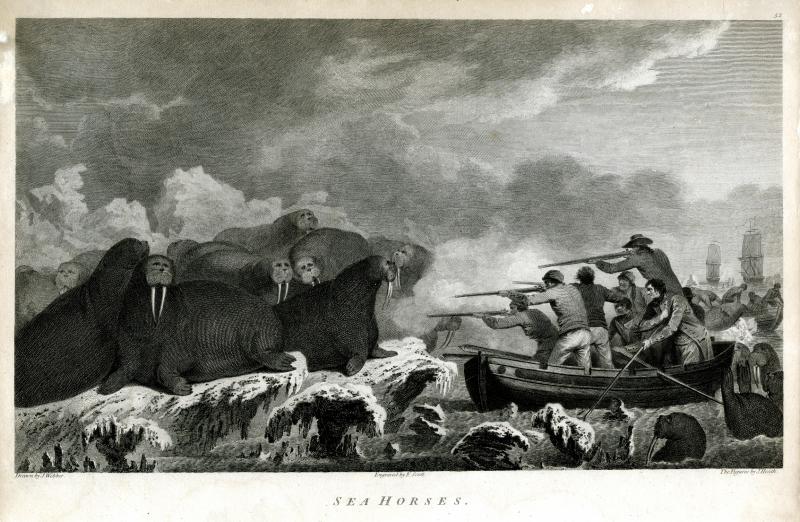Americans are familiar with the overland exploration of the Great West through the trek of Meriwether Lewis and William Clark — and perhaps stories about the rough-and-tumble French voyageurs. John Ledyard, another adventurer, who also was an American, was impressed with our Great West many years before Lewis & Clark.
Born in Groton, Connecticut, and bearer of a classical education that issued from Europe, Ledyard rambled throughout North America, leaving behind an impressive written record of those adventures. After making a rough dugout, and floating the length of the Connecticut River, he lived among the Mohawk Indians for four months.
Waving goodbye to Dartmouth and the ridicule he experienced from classmates for his adventures, Ledyard headed for London, England. Help from affluent English relatives was not forthcoming, so he shipped out as a corporal of English marines with the legendary Captain James Cook. In the spring of 1778, Cook sighted the American Pacific Coast, north of today’s San Francisco Bay. He was the first known American to see the land that lay beyond the mysterious Rocky Mountains.
With two years remaining on his enlistment, Ledyard was sent back to the United States aboard a ship destined to cruise off Long Island during the American Revolutionary War — obviously an uncomfortable position for an American aboard a British ship. Taking furlough in the American colonies, Ledyard located his family there and never returned to his British employers.
Ledyard next tried to raise funds for his return to the Pacific Coast, as stories of Cook’s trip and the Russian fur trade from Alaska was making the rounds. Sailing for Europe on borrowed funds, Ledyard met two of America’s most famous men: the naval hero John Paul Jones and President Thomas Jefferson. Jefferson, always looking westward, was impressed by Ledyard’s enthusiasm and his familiarity with the Pacific Coast. Ledyard’s knowledge and excitement about the lands west of the Rockies may have helped Jefferson later plan and implement the Lewis & Clark expedition.
Ledyard’s wanderlust could not be restrained. He enlisted Jefferson’s help in obtaining a passport from Russian authorities to cross Siberia, sail across the Pacific, and then tramp eastward to Missouri. Instead, suspicious fur traders and Russian Cossacks arranged to have him arrested and returned to London. Though angry and disappointed, he responded to an invitation by the African Geographical Society to explore sources of the Nile River. Alone and ill, he died on the way to Cairo, January, 1789.
The adventures of American John Ledyard became one of the dramatic travel stories of the Western world.
Discover more from Post Alley
Subscribe to get the latest posts sent to your email.
